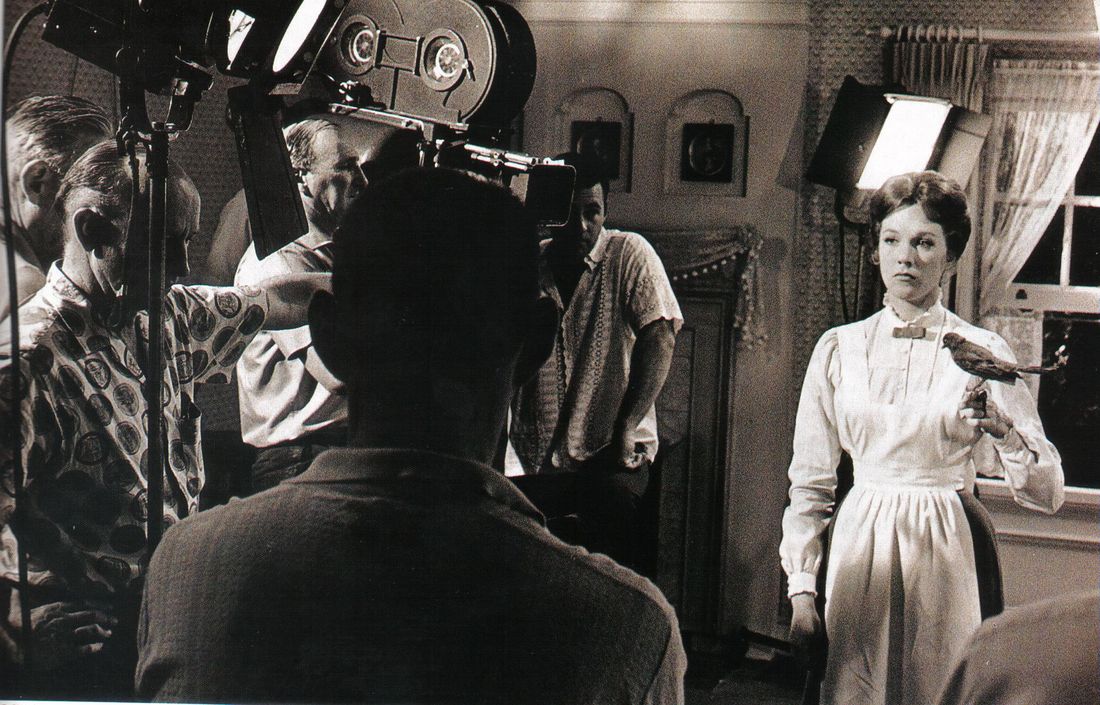Today In Movie Culture: Idris Elba in 'Spectre,' Eric Stoltz Still in 'Back to the Future' and More
Here are a bunch of little bites to satisfy your hunger for movie culture:
Dream Recast Movie of the Day:
Here you are, everyone who wants to see what Idris Elba would be like as James Bond, specifically in the upcoming Spectre:
[embedded content]
Replaced Actor of the Day:
Eric Stoltz was famously Marty McFly for four weeks before he was let go from starring in Back to the Future, but here’s video evidence that he wasn’t erased completely from the movie (via Geek Tyrant):
[embedded content]
Movie Takedown of the Day:
Furious 7 is out on DVD and Blu-ray today, so Honest Trailers ran over it and whacked it about with a tire iron:
[embedded content]
Vintage Image of the Day:
With news that Disney is making a Mary Poppins sequel, here’s a look at the original being made with Julie Andrews and a little friend:
Adorable Star Wars Cosplay of the Day:
Little girls are already finding great new role models in Star Wars: The Force Awakens characters, this one in Rey (via Fashionably Geek):
Adorable Star Wars Toy Purchase of the Day:
And here’s another little girl excited about another new female character in Star Wars: The Force Awakens (via Gabbing Geek):
I have to say, hearing her shout “it’s the girl stormtrooper!” was pretty cool #StarWarsTheForceAwakens pic.twitter.com/Hy7wB7TIOL
— Eric Alt (@Eric_Alt) September 13, 2015
Movie Character Conference Call #1:
A bunch of movie characters, including Rambo, Ferris Bueller, Jason Bourne, Ron Burgandy and Marty McFly all seem to be on a party line in this phone call supercut:
[embedded content]
Movie Character Conference Call #2:
Coincidentally, there’s another brand new supercut of movie characters seeming to be on the same call, and it includes many of the same people, plus E.T. (via Cinematic Montage Creators):
[embedded content]
Fan Art of the Day:
Why should recent movies be the only ones with Lego re-creations? Here’s one for Harold Lloyd‘s Safety Last (via Holmfirth Silents):

Classic Trailer of the Day:
Today is the 20th anniversary of the release of Hackers, the cult classic starring a young Angelina Jolie. Watch the original trailer below.
[embedded content]
Send tips or follow us via Twitter:
and
This entry passed through the Full-Text RSS service – if this is your content and you’re reading it on someone else’s site, please read the FAQ at fivefilters.org/content-only/faq.php#publishers.




